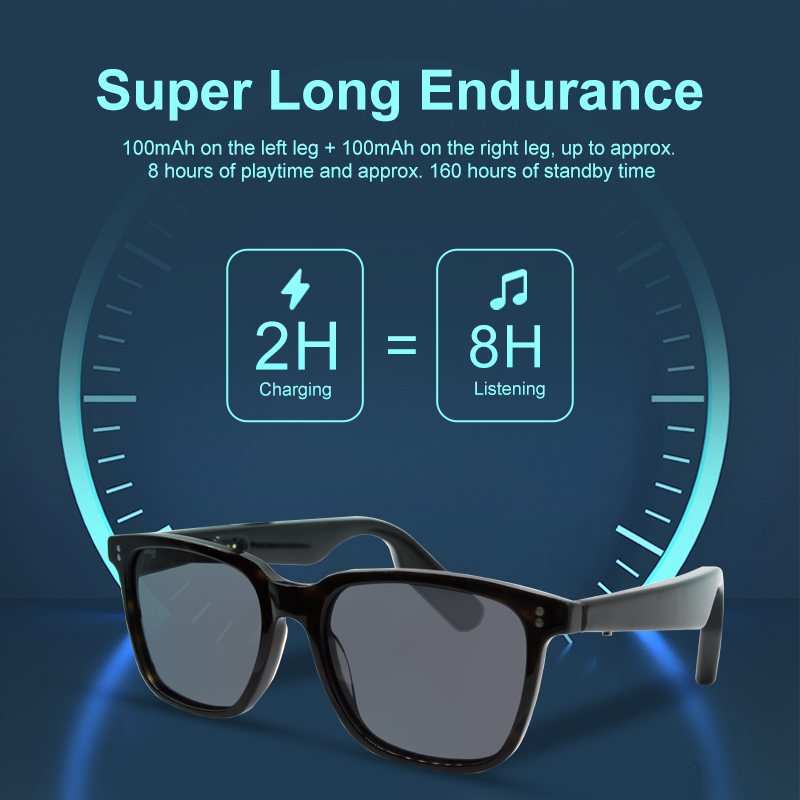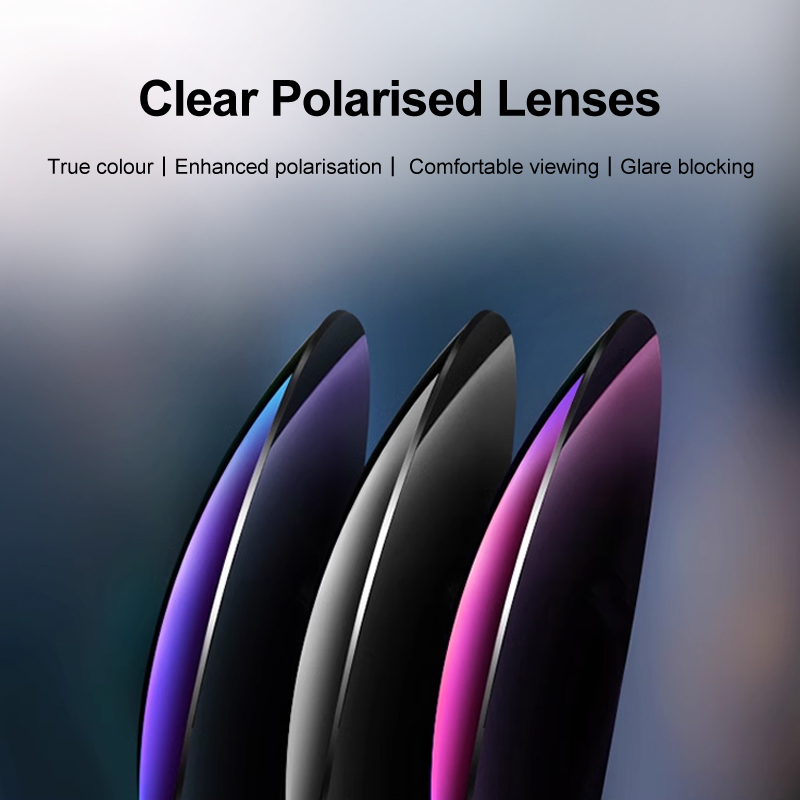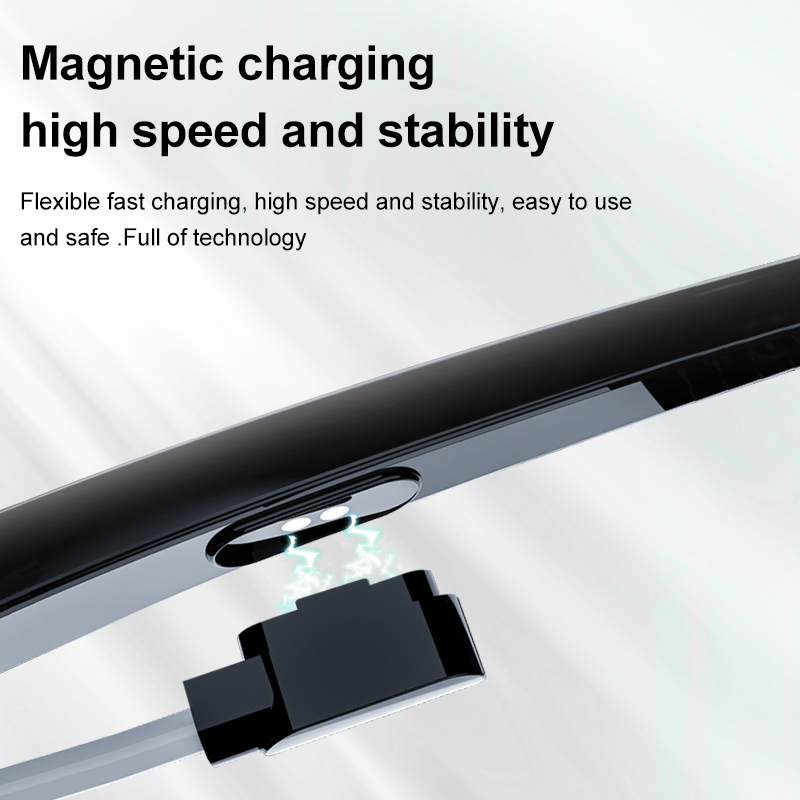- Select Language
The U9000 handheld PDA combines advanced barcode s...
Explore an innovative Personal Digital Assistant f...
AR smart glasses have evolved from niche products into practical tools for work, entertainment, and everyday convenience. With more models featuring advanced AI and lightweight designs expected to appear in 2025, the following discussion explores how AR smart glasses work and how to choose the right ones for your needs.

What are AR smart glasses?
AR smart glasses are wearable devices that overlay digital content (such as navigation instructions, messages, or 3D visuals) onto your view of the real world. Unlike VR headsets, which immerse you in a virtual environment, AR glasses augment rather than replace your surroundings.
Key Features:
Transparent or translucent lenses with built-in displays
Integrated sensors (camera, gyroscope, accelerometer) for spatial awareness
AI-assisted voice or gesture control for hands-free interaction
How do AR smart glasses work?
AR glasses combine optics, sensors, and software:
Waveguides or micro-OLED displays: Project images directly onto the lenses or in front of your eyes, creating a holographic overlay.
Cameras and depth sensors: Map the physical environment and accurately locate digital elements in real time. Onboard processor/AI chip: Handles image recognition, voice commands, and real-time translation without relying heavily on a smartphone.
Connectivity (Bluetooth/Wi-Fi/5G): Syncs with a phone or cloud service for data, notifications, and app integration.
Key Features to Watch for in 2025
Display Quality
Resolution: 1080p to 4K per eye (Micro-OLED or LCoS)
Brightness: 500-2000 nits for clear outdoor readability
Refresh Rate: 60-120Hz for smooth AR animation
Comfort and Design
Lightweight frame (<80g, suitable for everyday wear)
Adjustable nose pads and prescription lens support
Durable materials (carbon fiber, titanium) for long-term use
Interaction Options
Voice commands (Google Assistant, Alexa, Meta AI)
Gesture controls and touch-sensitive temples
High-end models with eye tracking for precise navigation

Battery Life
Typical: 4-8 hours of mixed use (audio + AR)
Premium: Over 10 hours of battery life with the charging case or replaceable battery
Privacy and Security
Visible recording indicator (LED)
Encrypted data transmission and local processing options
Privacy settings configurable in the companion app
AR Smart glasses Applications
Consumer Uses
Navigation: Overlay walking or cycling directions on city streets
Enterprise: Stream movies or games on a 120-inch virtual screen
Fitness: Real-time performance metrics during runs or bike rides
Travel: Real-time translation and cultural tips when traveling abroad
Enterprise and Professional
Healthcare: Surgical guidance, remote consultations, and patient data visualization
Field Service: Hands-free guidance and remote expert repair support
Logistics: Inventory management and visual picking systems
Education and Training: Interactive learning modules with 3D AR simulations
Buyer's Guide: How to Choose the Right AR Smart glasses
Identify Your Use Case
Casual vs. Professional AR Workflows
Set Your Budget
Entry-Level: $300-500 (Basic AR + Audio)
Mid-Range: $500-1000 (AR display + AI + a stronger battery)
Enterprise: $1500+ (Full AR functionality with enterprise software integration)
Check Compatibility
Is it compatible with your smartphone or PC ecosystem? (iOS/Android/Windows)
Prioritize comfort and style
Choose lightweight frames for easy everyday wear; prescription support available if needed
Evaluate privacy features
Visible camera indicator, secure cloud storage, and user-controlled permissions
Evaluate the software ecosystem
Active developer support ensures continuous feature updates and new apps

Future Trends in AR Smart glasses (2025-2030)
AI Integration: Seamless real-time translation, contextual search, and personal assistants
Slimmer, sleeker designs: Glasses with built-in AR capabilities that look like traditional glasses
5G and Edge Computing: Faster cloud rendering enables high-quality AR overlays
Enterprise Applications: Proliferation in logistics, healthcare, and education
Mass Market Access: Basic AR + AI models will cost less than $300 by 2027
Conclusion
AR smart glasses are evolving from an early adopter technology to a mainstream productivity and entertainment tool. By understanding key features—display quality, comfort, battery life, and privacy—and matching them to your needs and budget, you can confidently choose the right product for you.